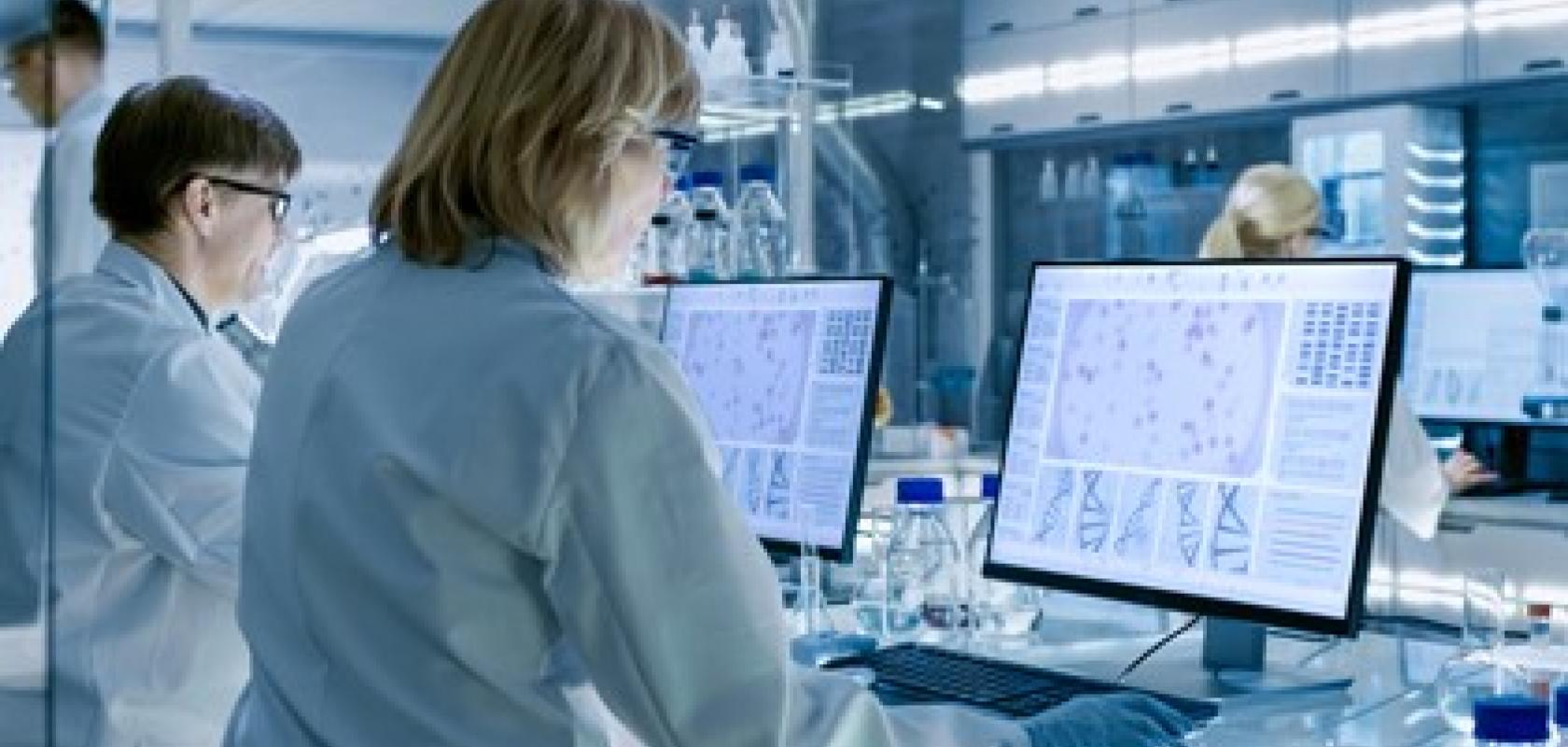Scitara, and Veeva have announced a partnership to help organisations improve data integrity, maximise lab productivity, and accelerate batch release.
The partnership combines Scitara’s strength in lab instrument solutions with Veeva’s quality assurance (QA) and quality control (QC) software. Jason Boyd, senior director, Veeva Vault LIMS strategy comments: “Life sciences companies are striving to take control of data, gain a greater degree of accountability to regulatory health authorities, and streamline working practices. Bringing benchtop data from instruments and applications securely into Veeva Vault LIMS in real-time will eliminate the need for point-to-point integrations or manual data entry. This is critical for enabling data-driven decisions to improve batch release times.”
Scitara is trying to transform instrument and application integration throughout the laboratory ecosystem with its scientific integration platform SIP, a peer-to-peer iPaaS for science.
Scitara’s SIP and flagship technology, digital lab exchange DLX, is complementary to Veeva Vault LIMS, a modern laboratory information management system (LIMS) that streamlines sample tracking, test execution, and lab processes to optimise for real-time batch release.
With QC being a critical step of the manufacturing process before drugs and therapeutics reach the market, it is vital to address any potential bottlenecks. Scitara will offer an integration with Veeva Vault LIMS that will provide mutual customers with connected and compliant workflows that remove manual and paper-based processes, reduce the need for second-person review, and shrink the QC timeline to accelerate drug release.
Ajit Nagral, CEO and founder of Scitara, added: “The evolution of the lab depends on a single integrated ecosystem. The same fundamental principles apply, whether handling data from the lab or manufacturing processes. Scitara’s SIP provides a core infrastructure that establishes a dialogue across all controlling systems that guide the laboratory workflow: instruments, LIMS, e-notebooks, and manufacturing execution systems (MES), as well as supporting the way scientists and researchers exchange data too.”


